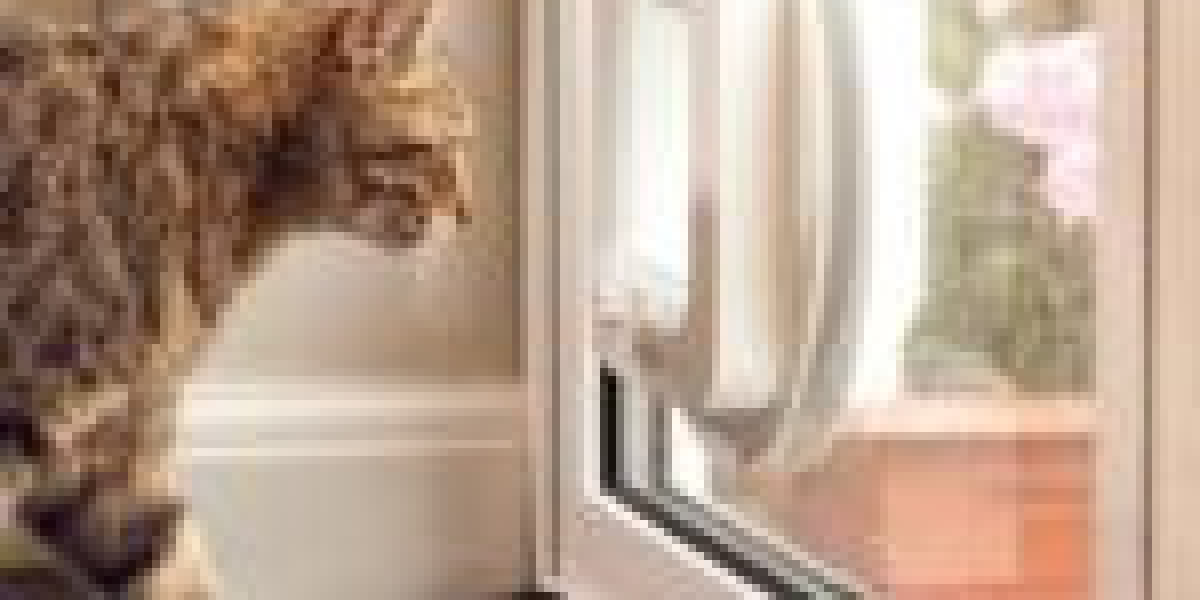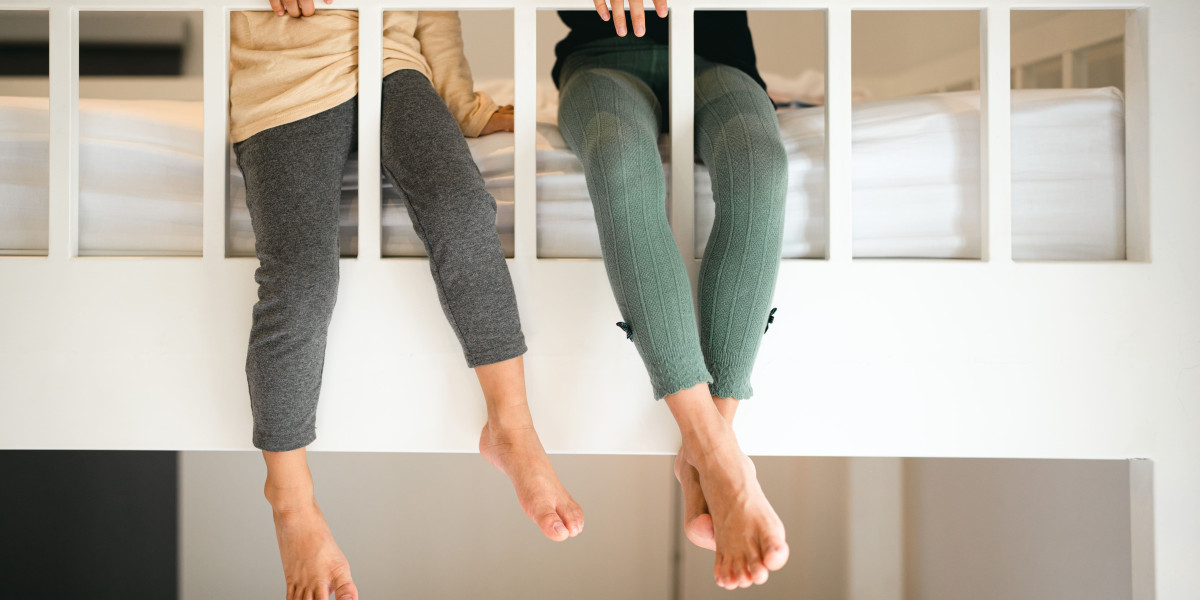Keeping the Purrfect Passage Open: A Guide to Cat Door Maintenance
Cat doors, likewise called pet doors or cat flaps, are a great addition to any home with feline companions. They provide felines the flexibility to explore the outdoors (or designated locations within your house) and ease themselves, all while offering owners peace of mind and minimizing the number of unscripted door-opening demands. Nevertheless, like any other feature of a house, cat doors are not unsusceptible to wear and tear. Routine maintenance is necessary to guarantee they continue to work properly, stay protected, and provide a comfy and safe passage for your cherished cat. Ignoring maintenance can lead to a host of problems, varying from a stiff and loud flap to a complete breakdown, potentially locking your cat out or, worse, compromising your home's security.
This article will explore the importance of cat door maintenance, outlining the necessary actions to keep your pet's access point in prime condition. By comprehending the easy upkeep needed, you can extend the life-span of your cat door, ensure your cat's ongoing flexibility, and prevent pricey repair work or replacements down the line.
Why Regular Cat Door Maintenance Matters
Keeping your cat door is more than just a cosmetic job; it's a financial investment in the functionality, security, and durability of the feature, along with the convenience and well-being of your cat. Here are some key reasons that routine maintenance is crucial:
- Ensures Smooth Operation: Dust, debris, and weather components can build up around the hinges and flap of a cat door, causing it to end up being stiff, sticky, or noisy when opening and closing. Regular cleansing and lubrication avoid these issues, guaranteeing the door operates smoothly and calmly, motivating your cat to utilize it without doubt.
- Extends the Lifespan of the Door: Like any mechanical element, cat doors go through use and tear. Overlooking maintenance can accelerate this process, causing premature damage and the requirement for replacement. Routine cleansing, lubrication, and resolving small concerns quickly can substantially extend the life expectancy of your cat door, conserving you money in the long run.
- Maintains Security: An effectively operating cat door should close firmly after your cat goes through. Harmed or incorrectly maintained doors may not close entirely, possibly jeopardizing your home's security by leaving spaces that might be exploited by trespassers or enable drafts and insects to go into. For electronic or microchip-operated doors, consistent maintenance guarantees the locking systems and sensors work dependably, maintaining controlled access.
- Prevents Drafts and Energy Loss: An inadequately maintained cat door can end up being a substantial source of drafts, particularly in colder climates. Gaps around the flap or frame due to damage or particles can let cold air in and warm air out, increasing your energy expenses. Correct sealing and weather stripping maintenance is vital to maintain energy performance.
- Promotes Hygiene: Cat doors are exposed to the elements and can collect dirt, mud, and even insect infestations in time. Routine cleaning helps keep a sanitary passage for your commercial cat flap fitting and prevents the transfer of dirt and bacteria into your home.
- Lowers Noise: An overlooked cat door can end up being noisy, specifically in windy conditions. Squeaking hinges or a rattling flap can be disruptive to both you and your cat. Lubrication and tightening of loose elements can substantially lower sound levels.
- Early Detection of Problems: Routine maintenance permits you to examine your cat door carefully and determine any possible problems early on, such as cracks, loose screws, or malfunctioning elements. Attending to these minor problems without delay can prevent them from intensifying into more significant and costly repairs.
Types of Cat Doors and Maintenance Considerations
While the basic maintenance concepts use throughout the majority of cat doors, various types may have particular requirements. Here's a short summary of typical cat door types and maintenance factors to consider:
- Basic Flap Doors: These are the most basic and most common type. Maintenance mostly involves cleaning up the flap and frame, lubing hinges, and looking for damage to the flap material (plastic, rubber, or versatile polymer).
- Magnetic Cat Doors: These doors use a magnetic collar secret to permit entry just to felines using the key. Maintenance consists of the exact same tasks as British Standard Cat Flap Installer flap doors, plus guaranteeing the magnetic system is clean and devoid of particles. Also, examine the collar secret's magnet is still functional.
- Microchip Cat Doors: These doors use a microchip scanner to acknowledge your cat's implanted microchip, providing selective entry. Maintenance consists of cleansing, looking for damage, and sometimes changing batteries if it is battery-powered. The scanner lens need to be kept tidy for dependable chip detection.
- Electronic Cat Doors: These doors might utilize infrared or radio frequency (RFID) technology for selective entry, frequently with sophisticated features like curfew settings. Maintenance includes cleansing, inspecting for damage, battery replacement (if suitable), and sometimes recalibrating or reprogramming the electronic elements according to the producer's guidelines.
Necessary Cat Door Maintenance Tasks: A Step-by-Step Guide
Establishing a regular maintenance schedule will keep your cat door operating efficiently. Here's a breakdown of common maintenance tasks:
1. Regular Cleaning (Weekly/Bi-weekly):
- Gather Supplies: You will require:
- Mild soap or detergent
- Warm water
- Soft fabric or sponge
- Paper towels or a clean, dry cloth
- (Optional) Disinfectant wipes (pet-safe)
- Wipe Down the Flap: Use a moist cloth or sponge with soapy water to clean both sides of the flap. Get rid of any dirt, mud, fur, or insect residue.
- Tidy the Frame: Clean the entire frame of the cat door, both within and out. Take note of corners and crevices where dirt can build up.
- Dry Thoroughly: Ensure all parts are totally dry to prevent mildew or rust.
- Sanitize (Optional): If preferred, utilize pet-safe disinfectant wipes to sanitize the door and frame, particularly if you have numerous cats or wish to keep extra hygiene.
2. Lubrication (Monthly/As Needed):
- Identify Hinges and Moving Parts: Locate the hinges, rotates, or any other moving parts of the cat door mechanism.
- Apply Lubricant: Use a silicone-based lubricant spray or a dry lubricant (like graphite powder) specifically created for hinges and moving parts. Prevent oil-based lubricants, as they can draw in dust and end up being sticky over time. Apply moderately to prevent drips.
- Work the Door: Open and close the cat door flap numerous times to distribute the lubricant equally and make sure smooth, quiet operation. Wipe away any excess lube.
3. Maintenance (Monthly/Seasonally):
- Check for Damage: Carefully check the flap for cracks, tears, or warping. Look for damage to the frame, weather condition stripping, or any locking systems.
- Tighten Loose Screws: Check all screws protecting the door frame to the door or wall and tighten any that are loose. Loose screws can cause instability and drafts.
- Examine Weather Stripping: Examine the weather removing around the flap and frame for damage, fractures, or spaces. Replace damaged weather condition stripping to maintain an excellent seal and avoid drafts.
- Battery Check (Electronic/Microchip Doors): If your door is battery-operated, check the battery level frequently and replace batteries according to the producer's recommendations. Low batteries can trigger breakdowns and unreliable operation.
- Sensing Unit Cleaning (Microchip/Electronic Doors): Gently tidy the sensing unit lens with a soft, dry cloth to guarantee precise chip or key detection.
4. Seasonal Maintenance:
- Winter:
- Check for ice buildup around the flap and frame. Thoroughly get rid of ice to avoid damage and guarantee smooth operation.
- Ensure weather condition removing is in good condition to avoid drafts and cold air entry.
- Summertime:
- Check for insect nests or invasions around the cat door. Tidy away any nests and think about using pet-safe insect repellent around the door frame.
- Ensure correct ventilation around the door opening to avoid humidity buildup and potential mildew development.
Tools and Supplies for Cat Door Maintenance
Keeping a little set of maintenance tools and materials helpful will make routine upkeep easier and more efficient. Consider assembling the following:
- Soft cloths and sponges
- Moderate soap or cleaning agent
- Silicone lube spray or dry lube
- Screwdriver (Phillips and flathead)
- pet door installation-safe disinfectant wipes (optional)
- Replacement weather condition stripping (if required)
- Small brush for cleaning crevices
- Paper towels
- Replacement batteries (if applicable)
DIY vs. Professional Help
The majority of routine cat door maintenance jobs are straightforward and can be easily handled by homeowners. However, there are situations where looking for professional assistance may be recommended:
- Significant Damage: If you discover comprehensive damage to the door frame, flap, or locking systems, professional repair or replacement might be necessary.
- Electronic Malfunctions: Troubleshooting electronic or microchip door breakdowns can be complex. If you are uncertain how to detect or repair electronic issues, seek advice from a professional installer or a certified technician.
- Installation Issues: If you are experiencing persistent problems after installing a brand-new cat door, it may be due to installation errors. A professional installer can examine the circumstance and rectify any issues.
Routine cat door maintenance is a basic yet essential element of responsible pet ownership for those who pick to offer their feline buddies with this freedom. By dedicating a percentage of time to cleansing, lubricating, and checking your cat door, you can guarantee its continued smooth operation, longevity, security, and hygiene. A well-maintained cat door supplies your cat with consistent access to the outside world (or designated indoor areas), adding to their happiness and well-being, while likewise offering comfort for you. Taking proactive actions to care for your cat door will keep the purrfect passage open for several years to come.
Frequently Asked Questions about Cat Door Maintenance
Q: How frequently should I clean my cat door?
A: Aim to clean your cat door weekly or bi-weekly for basic flap doors. For electronic or microchip doors that may accumulate more dirt around the sensor areas, weekly cleaning is recommended.
Q: What type of lube should I use on my cat door hinges?
A: Silicone-based lubricant spray or dry lube (like graphite powder) is recommended. Avoid oil-based lubricants as they can bring in dust and end up being sticky.
Q: How do I clean up a microchip cat pet-Friendly door Installation sensing unit?
A: Use a soft, dry cloth to carefully clean the sensing unit lens. Avoid utilizing liquids or abrasive cleaners, as they could harm the sensor.
Q: My cat door flap is sticking. What should I do?
A: First, clean the flap and frame completely. Then, apply a percentage of lube to the hinges and moving parts. If the sticking persists, look for any damage to the flap or frame and consider tightening up screws or adjusting the door positioning.
Q: How do I understand when to change the batteries in my electronic cat door?
A: Electronic cat doors normally have a low battery sign light or caution signal. Refer to your door's handbook for particular directions on battery replacement. It's a good practice to change batteries proactively, maybe every 6-12 months depending upon use and battery type.
Q: Can I utilize household cleaners to clean my cat door?
A: Yes, you can use moderate soap or cleaning agent diluted in warm water. Prevent extreme chemicals or abrasive cleaners that might harm the door product. Guarantee any cleaning items are pet-safe.
Q: My cat door is allowing drafts. How can I repair this?
A: Inspect the weather condition stripping around the flap and frame. Change any broken or worn weather condition removing. Make sure the door frame is firmly set up and tighten up any loose screws. You can also think about including extra weather condition stripping or a draft excluder specifically designed for pet doors.









